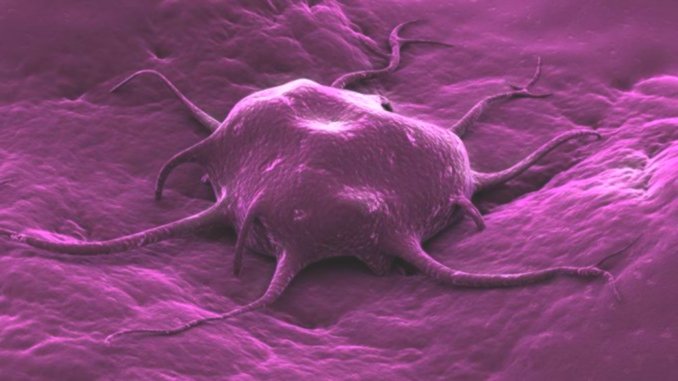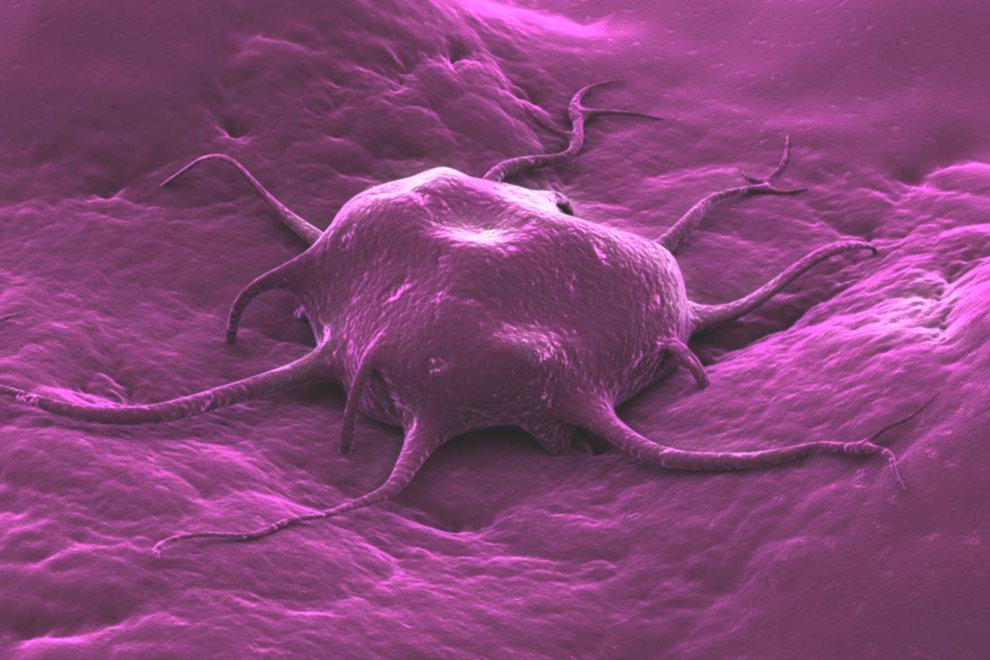
A mestatic cancer is one in which it has already produced the appearance of one or more metastases in other organs or parts of the body. For this, the cancerous cells of the primary tumor have had to leave it and multiply in other areas of the body, which is produced following a sequence of different mechanisms:
- Local invasion: tumor cells invade healthy tissue of adjacent organs.
- Intravasation: in this case they penetrate the blood vessels and ducts of the lymphatic system.

- Circulation . Once intravasation has occurred, these cells travel to other areas of the body through the blood and lymphatic system.
- Proliferation . Once they have reached a specific organ they begin to multiply and form a new very small tumor (micrometastases).
- Angiogenesis . These micrometastases cause the nearest blood vessels to grow and even new ones to form, in order to be able to receive through the blood the oxygen necessary to continue growing.
For this whole process to occur, it is necessary that the cancer cells that make up the primary tumor mutate suffering a series of changes in their genes that favor the possibility of crossing the borders of the tumor. At present, different genetic mutations have been identified that fulfill this role, some of them specific for each type of cancer.
However, it seems that there is a gene on chromosome 7 that could have a preferential role in the development of metastases, since it produces a protein called twist whose function is to activate or deactivate certain genes in the early stages of the development of an embryo and he becomes inactive when he has fulfilled his function, initially falling asleep forever. But research has been able to determine that this gene appears active in metastases, although not in healthy tissues and in the primary tumor that caused them.
It should be noted that in response to the affected organ or tissue, each type of primary tumor seems to have preferences when it comes to generating metastases. Thus, lung cancer usually does in the liver, bones and brain; while in the prostate the most frequent is that the metastasis affects the hip and in the breast the liver the lung and the brain. In general, the liver, lung, brain and bones are the places where metastases occur most frequently.